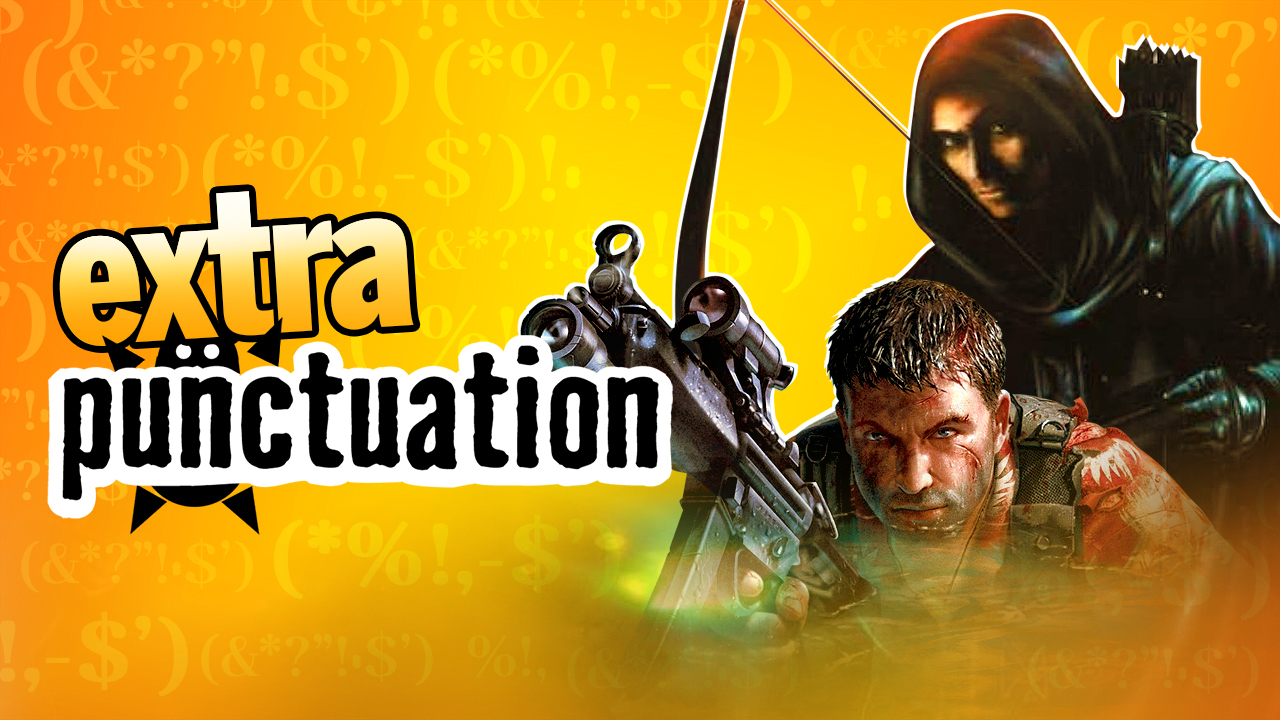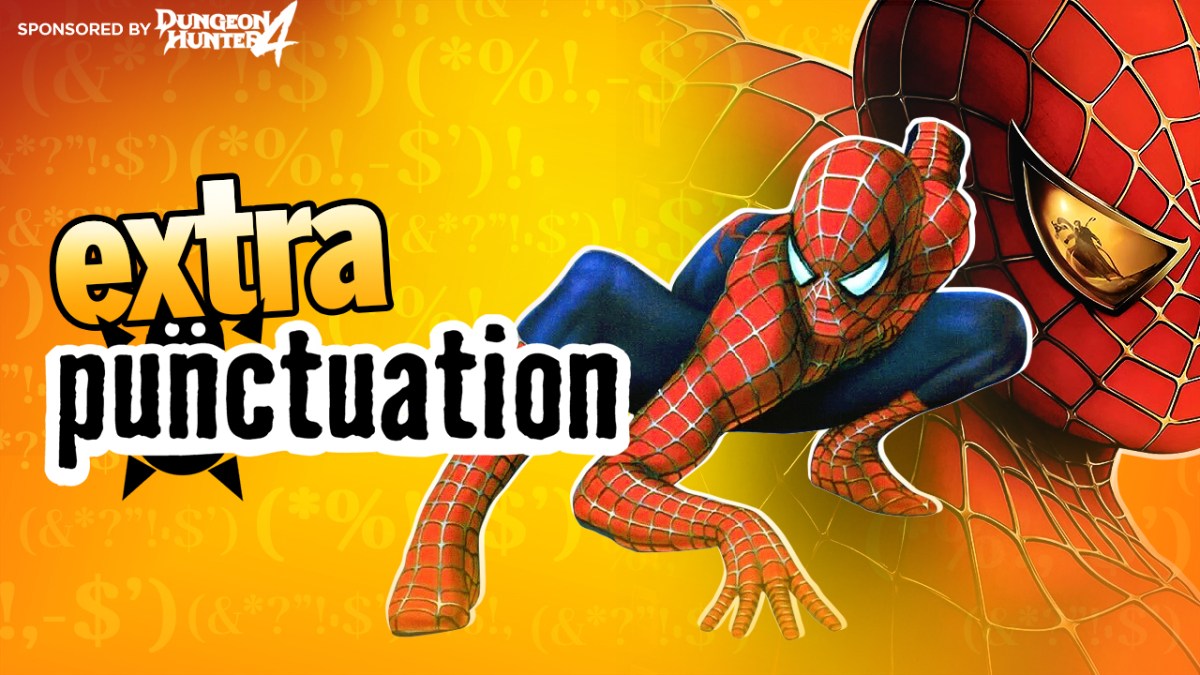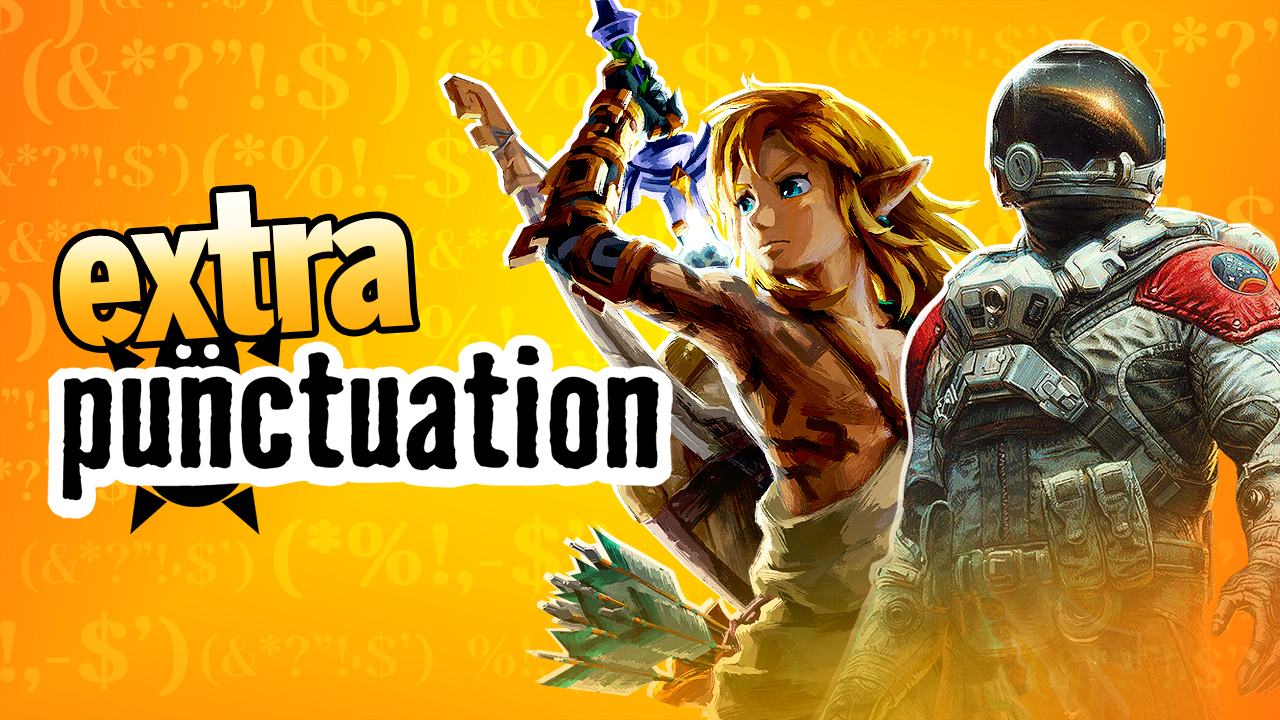
How long is too long? In terms of development time, I mean. Admittedly, Valve have been very careful not to come out and say that they’re developing Half-Life 3. I could imagine them being concerned about making any promises in case they throw the entire game out on a whim and start from scratch, as seems to be their pattern, most notably with Team Fortress 2. But maybe they should have thought of that before they ended Half-Life 2 Episode 2 with a cliffhanger, so that even without an official announcement they already had an obligation to finish the bloody story. As we discussed when I was talking about anti-climaxes, a story without an ending is an incomplete product, and surely selling an incomplete product is tantamount to fraud.
If we take that cliffhanger ending as a de facto announcement, then Half-Life 3‘s development time is just about nudging up against that of Team Fortress 2. TF2‘s long development time was almost immediately forgotten about when the high quality of the game was evident, which I suppose is the ultimate answer to the ‘how long is too long’ question – it depends, as with so many other things, on the finished product. Perhaps even Duke Nukem Forever‘s tortuous development would have been forgotten if the game had been wonderful and polished to the point that we were still buying hats for it to this day.
In that case, however, TF2 never felt like a game that had been slogged away at for years. It felt as fresh and light-hearted as a spring lamb. DNF felt like a game weighed down by all the baggage it had acquired in its long development, hampered by technology and design attitudes that had become dated even before release. TF2‘s salvation was that it had the courage to ditch all the dead wood and start completely from scratch, even years into development; DNF did not.

But even if the eventual game remains solid, it’s possible for development to become too long if it outlives the public interest in the brand. Tastes change. I know mine have. It was the original Half-Life that helped me develop a love of shooters at a time when I was more of an adventure game man. And these days, as might have come across in last week’s video, I have a slightly less rose-tinted perspective of Half-Life 2. Now that my two favorite games to play just for myself in my non-work hours are (presently) Dark Souls and Elite Dangerous.
You know what I realized, replaying Half-Life 2 with the Update on to see if it made that much of a difference? Whenever I replay Half-Life 2, my first session always ends when I reach Ravenholm. I told myself that this is just because it’s a natural break point. It’s a few hours in, we’ve just gotten through that tough helicopter fight on the lake and had a long period of story down-time at Black Mesa East, of course it’s a good time to take a break and have some cake rolls.
But if that’s the case, why do I always feel like I have to push myself to start the next session? Why do I feel relieved when daylight hits my eyes at the tunnel exit? Surely it can’t be because I don’t enjoy Ravenholm as a gameplay experience. What nonsense. I love getting lost in cramped, unintuitively laid out buildings and scrabbling around floor textures looking for a carelessly-flung sawblade. OH GOD FINE I admit it. I don’t like Ravenholm much. And I’m afraid that if Valve isn’t careful, development of Half-Life 3 might drag on long enough for me to think of reasons to retroactively dislike other sections of Half-Life 2 as well.
Possibly I’m not a fan of the way the various chapters of Half-Life 2 can have vastly different tones and gameplay. Maybe that’s starting to feel a bit kitchen sink-y, a bit, dare I say it, gimmicky. And maybe it only comes across that way retrospectively because the graphics and physics technology that this approach was designed to showcase, once so gloriously cutting-edge, are showing their age a bit. And that makes me seriously wonder if the hold up on Half-Life 3 might have something to do with these changes in the wind.

When you think about it, Half-Life has always been about spectacle, and both games (let’s disregard Half Life 2.5 and Half-Life 2.75 for now) set a new standard for shooters. Half-Life 1 took the Quake engine and added skeletal animation and seamless narrative design. Half-Life 2 ensured that physics engines would be hanging around the neck of the triple-A games industry with realistic weight and gravity forevermore. Perhaps above all else, each game introduced a new level of realism: Half-Life 1 made the bold realization that, hey, maybe gun pickups don’t have to float three feet off the floor, glow, and gently spin, maybe they could just lie there on the floor being sensible. Half-Life 2 applied the same principle to random cans, bricks and Chinese takeout containers as well as guns.
And the thing with nowadays is, I don’t think there is any remaining ground left to break. Games could always look a little better, but there are no more great quantum leaps like physics engines to be made, the kind of thing that can drive new gameplay that turns heads. If anything, the popular innovation right now is to look backwards, to make games simpler and less baggy to keep the core gameplay close to the surface. People don’t seem to care as much about how huge, complex and realistic games can get because we’ve already seen it, or at least some games that get close to it, and it doesn’t seem to have helped make them more engaging. GTA V is a sterling achievement in tech, no one can deny that, but it’s still a baggy mess.
Valve have proved themselves enough to earn the benefit of the doubt, and perhaps they realize that part of Half-Life‘s identity, besides Gordon Freeman and headcrabs and all that, is being an innovator. And perhaps they’re holding back on another one because there aren’t currently any places for it to innovate to, not without compromising the rest of its identity. Maybe Half-Life is like Captain Planet, it should remain sealed away inside some magic rings until the time when it is truly needed. Not when all it can be is another shooter in a world where the shooter in all its myriad flavors has been wrung out to death. When someone discovers the means to truly interface a computer with a human mind, and we can all jack into simulated worlds indistinguishable from reality to all our senses, that is when we will need a Half-Life to show us that this tech could be used for so much more than just weird sex.



